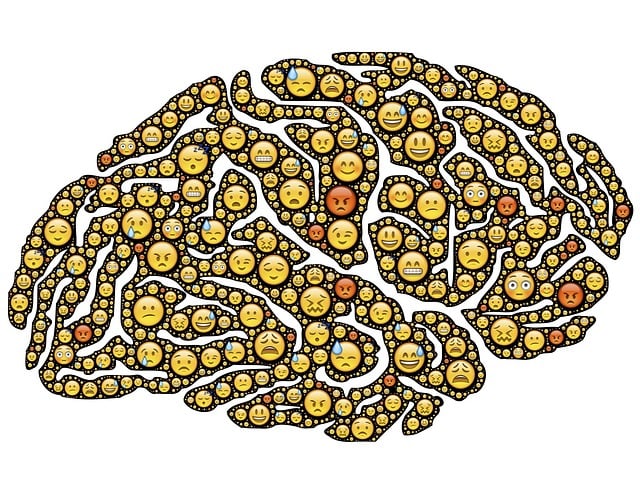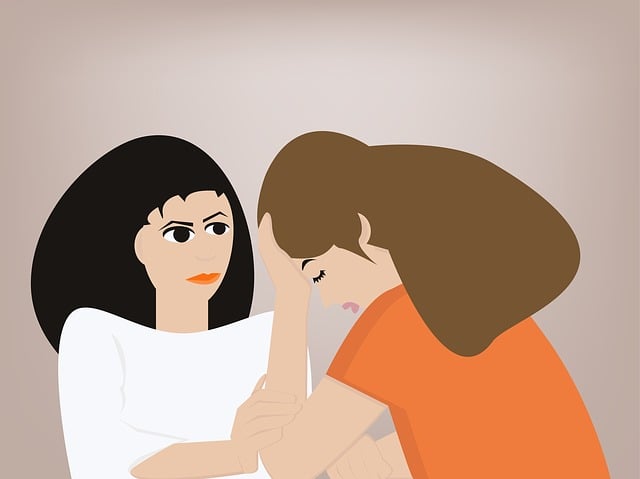Castle Rock Learning Disability Therapy (CRLDT) offers evidence-based therapy for depression prevention and mental wellness in individuals with learning disabilities, using tailored interventions to improve self-esteem, well-being, and coping strategies. Their successful community outreach program strategically addresses diverse needs through research, partnerships, training, and flexible programs that foster social integration, communication skills, and awareness. CRLDT measures progress holistically beyond numerical metrics, collaborating with healthcare providers and leaders for culturally competent support systems that empower participants to overcome challenges independently.
Castle Rock Learning Disability Therapy (CRLDT) plays a pivotal role in community outreach, offering specialized support and resources to individuals with learning disabilities. This article explores the implementation of effective community outreach programs inspired by CRLDT’s approach. We’ll guide you through strategic planning, from identifying needs to evaluating impact, ensuring positive outcomes for participants. Discover how these initiatives enhance accessibility and foster inclusive communities, ultimately enriching lives.
- Understanding Castle Rock Learning Disability Therapy and its Role in Community Outreach
- Strategies for Effective Program Implementation: A Step-by-Step Guide
- Measuring Success: Evaluating the Impact of Community Outreach Programs for Individuals with Learning Disabilities
Understanding Castle Rock Learning Disability Therapy and its Role in Community Outreach

Castle Rock Learning Disability Therapy (CRLDT) plays a pivotal role in community outreach programs, addressing unique challenges faced by individuals with learning disabilities. This therapeutic approach is designed to empower and support folks struggling with mental health issues, specifically focusing on depression prevention. By integrating evidence-based practices, CRLDT offers a holistic framework that fosters mental wellness.
The therapy’s core principles revolve around Mind Over Matter, encouraging clients to develop coping strategies and build resilience. Through tailored interventions, CRLDT helps individuals navigate their learning disabilities, improve self-esteem, and enhance overall well-being. Community outreach expands these services, making professional support more accessible and promoting a culture of mental health awareness and care.
Strategies for Effective Program Implementation: A Step-by-Step Guide

Implementing a successful community outreach program requires a strategic approach tailored to the unique needs and characteristics of Castle Rock Learning Disability Therapy’s target audience. Here’s a step-by-step guide for optimal results, drawing from best practices in emotional intelligence and empathy building strategies.
1. Assess Community Needs: Begin by conducting thorough research and surveys to understand the prevalent learning disabilities, mental health concerns, and barriers to access within the community. This step is crucial for aligning your program with genuine, unmet needs, fostering higher engagement, and ensuring impactful outcomes.
2. Develop Tailored Programs: Based on the assessment, design inclusive programs that cater to different age groups and abilities. Consider diverse learning styles and incorporate innovative methods like art therapy, music therapy, or even a mental wellness podcast series production to enhance participation and accessibility.
3. Build Partnerships: Collaborate with local schools, community centers, and other relevant organizations to leverage resources, expertise, and reach. These partnerships can provide valuable insights into the community’s dynamics, facilitative spaces, and help amplify your program’s impact.
4. Promote with Emphasis on Inclusion: Leverage various communication channels—social media, local press, direct mailers, and word-of-mouth—to create awareness about your initiatives. Ensure promotional materials are accessible to all by using simple language, providing clear instructions, and considering visual aids.
5. Train and Empower Staff: Invest in staff training on emotional intelligence, empathy building strategies, and disability awareness. Well-trained staff can better connect with participants, build trust, and create a supportive environment that encourages learning, growth, and participation.
6. Implement Program with Flexibility and Adaptability: Be prepared to adjust your programs based on feedback, changing community needs, or unforeseen challenges. Regularly evaluate the program’s effectiveness, gathering input from participants, families, and partners to ensure continuous improvement.
Measuring Success: Evaluating the Impact of Community Outreach Programs for Individuals with Learning Disabilities

Measuring success is a crucial aspect of evaluating the impact of community outreach programs aimed at individuals with learning disabilities. At Castle Rock Learning Disability Therapy, we understand that each individual has unique needs and strengths. Therefore, our evaluation methods go beyond simple numbers to assess the holistic progress made by participants. We measure success by gauging improvements in their social integration, communication skills, and overall quality of life. This includes tracking their engagement with local resources, improvements in mental health awareness, and enhanced self-esteem.
By collaborating closely with healthcare providers and community leaders, we ensure that our programs align with the evolving needs of the individuals we serve. Incorporating cultural competency training for healthcare providers fosters inclusive environments and strengthens the support system around these individuals. Ultimately, our goal is to empower participants by developing their inner strength, enabling them to navigate life’s challenges with confidence and independence.
Castle Rock Learning Disability Therapy’s community outreach programs play a pivotal role in enhancing support for individuals with learning disabilities. By implementing these initiatives, we can foster inclusion and improve lives. The step-by-step guide provided offers a practical framework for successful program setup, while evaluating impact is crucial to ensure positive outcomes. Moving forward, continued focus on these strategies will be key to creating more accessible and supportive communities for all.














